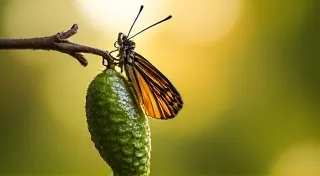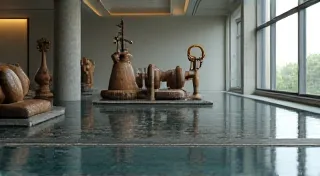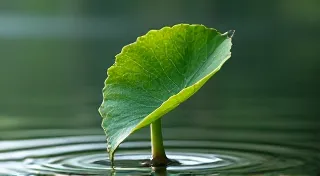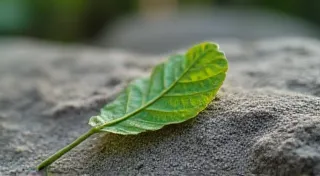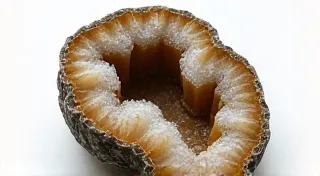Echoes in the Grain: Carving Stories from the Wood’s Memory
There's a peculiar stillness that descends when you hold a piece of wood in your hands, a quiet that isn’t emptiness but a fullness of ages. A silence pregnant with stories. As a penknife whittler, I've often felt it – the whisper of sunlight filtering through leaves, the slow, deliberate push of roots anchoring a tree to the earth, the relentless rhythm of seasons marked on its rings. It's a feeling intensified when working with antique materials, a sense that I’m not merely shaping wood, but releasing memories held within.
The practice of penknife whittling, particularly in its folk art traditions, isn't about technical mastery alone. It’s about connection – a communion between the carver, the wood, and the untold stories etched within its very structure. We often talk about wood retaining ‘memory,’ not in a literal, sentient way, but as a record of its existence. Each grain pattern, every knot, every discoloration tells of a struggle, a triumph, a moment in time. A twist in the grain might indicate it battled a prevailing wind. A darkened area might mark the site of insect damage that the tree persevered through. The carver, if attentive, can feel this history in their hand, guiding the blade.
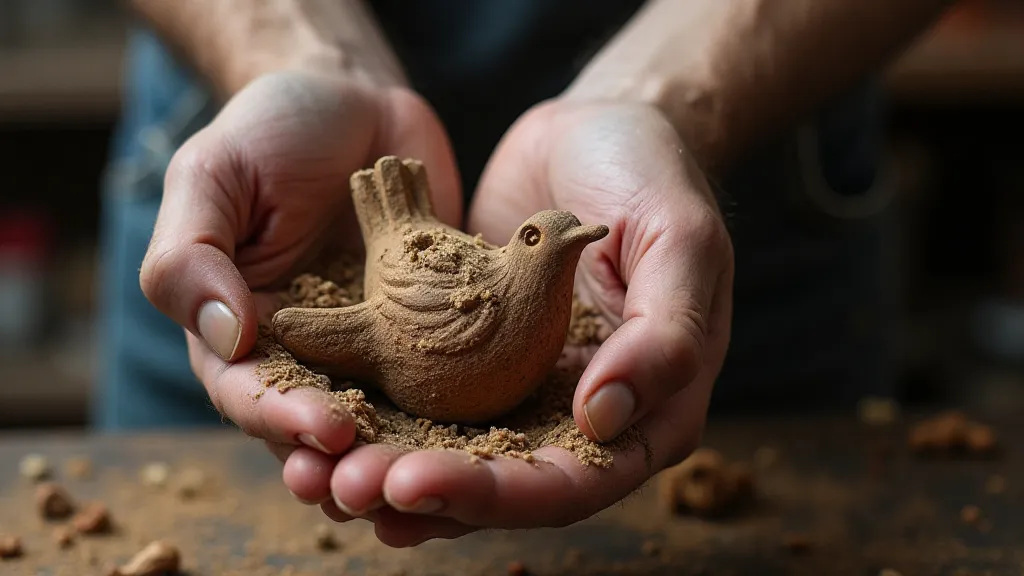
Roots of the Craft: From Survival to Storytelling
The lineage of penknife whittling is intertwined with necessity. Historically, it wasn’t a leisurely pursuit; it was a survival skill. Before mass-produced tools were readily available, a simple penknife was often the only implement a person had to shape wood for basic needs – spoons, bowls, toys for children, and even rudimentary tools. Think of the frontiersmen, the pioneers, the rural folk of countless cultures across the globe. They crafted what they needed from the resources available, and a pocketknife was their primary companion in this endeavor.
As societies evolved, the practical necessity lessened, but the craft itself didn’t disappear. Instead, it transformed. It blossomed into a form of folk art, a way to express creativity, to pass down traditions, and to immortalize stories. In many cultures, whittling became a communal activity, with families gathering around fires sharing stories and carving together. Patterns and designs were passed down through generations, each imbued with symbolic meaning. Think of the Swiss woodcarvers known for their intricate depictions of animals, or the Appalachian folk art tradition of whimsical, often humorous carvings.
The Penknife’s Embrace: A Tool of Intimacy
The choice of a penknife isn’t just about sharpness; it's about feel. There’s a particular intimacy that comes with using a small, hand-held tool. It forces you to slow down, to be deliberate, to truly *feel* the wood. Unlike larger carving tools that can cover ground quickly, a penknife demands patience and precision. It fosters a deeper connection to the material, allowing you to understand its nuances and respond to its inherent qualities. I’m partial to vintage Sheffield penknives – their simple designs and robust construction speak to a time when tools were made to last.
Restoring an old penknife is itself a journey into the past. Cleaning away decades of grime, sharpening the blade to a razor's edge, revealing the patina of age – it’s a process that evokes a profound respect for the craftsman who originally made it. You're not just restoring a tool; you’re honoring a legacy.
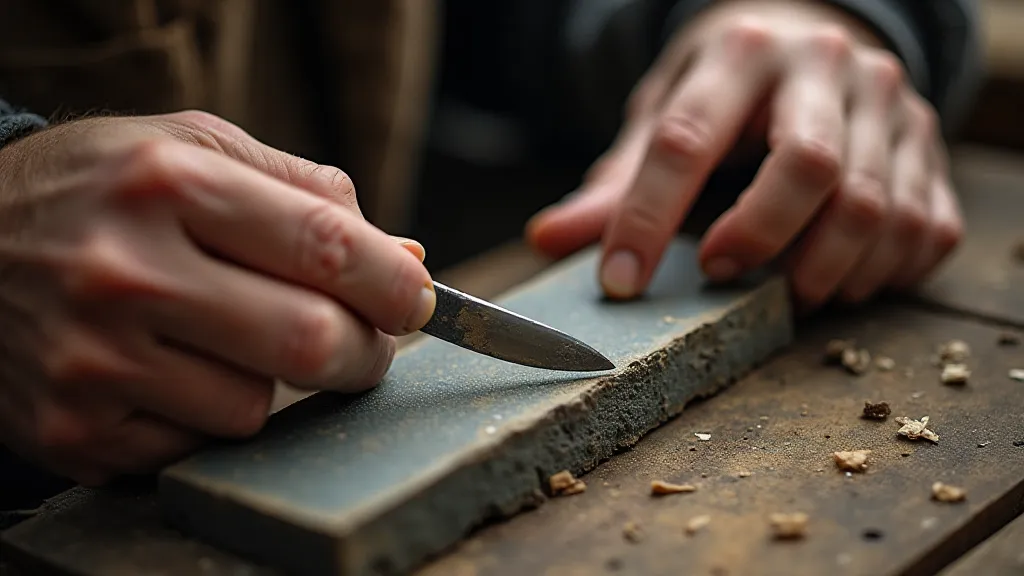
Tapping into the Grain's Resonance
When I begin a carving, I don’s always have a finished product in mind. Often, I simply observe the wood, feeling its weight, studying its grain patterns. I look for “characters” – knots, swirls, unusual shapes – that suggest a form lurking within. Sometimes, a piece of wood will practically dictate the design. It’s as if the tree itself is whispering, “Carve *me* into a bear,” or “Release the wolf hidden within my heartwood.”
This process is about more than just skill; it’s about intuition. It’s about listening to the wood, respecting its inherent structure, and allowing it to guide your hand. It’s about understanding that you’re not creating something entirely new, but rather revealing something that already exists. It's about feeling the echoes of the sun, rain, and wind that shaped the wood over its life. A piece of weathered cherry wood, for example, often has a depth of color and complexity that you simply can’t replicate. The slow decay and oxidation add a richness and character that speaks of resilience and age.
Collecting and Preservation: Honoring the Past
Collecting antique whittled figures can be a rewarding pursuit. Not just for their aesthetic beauty, but for the story they hold. Each piece is a tangible link to a past era, a testament to the skill and artistry of a bygone generation. Look for pieces with a provenance – a documented history of ownership – as this adds significantly to their value and significance. Research the regional styles and techniques to better appreciate the nuances of different carving traditions.
Proper preservation is crucial. Avoid exposing pieces to direct sunlight or extreme temperatures, as this can damage the wood and fade the color. Regular dusting with a soft brush is all that's typically needed. Occasionally, a very light application of beeswax polish can help protect the surface and enhance the wood’s natural luster. It is less about “restoration” and more about simply maintaining the existing condition, allowing the piece to age gracefully.
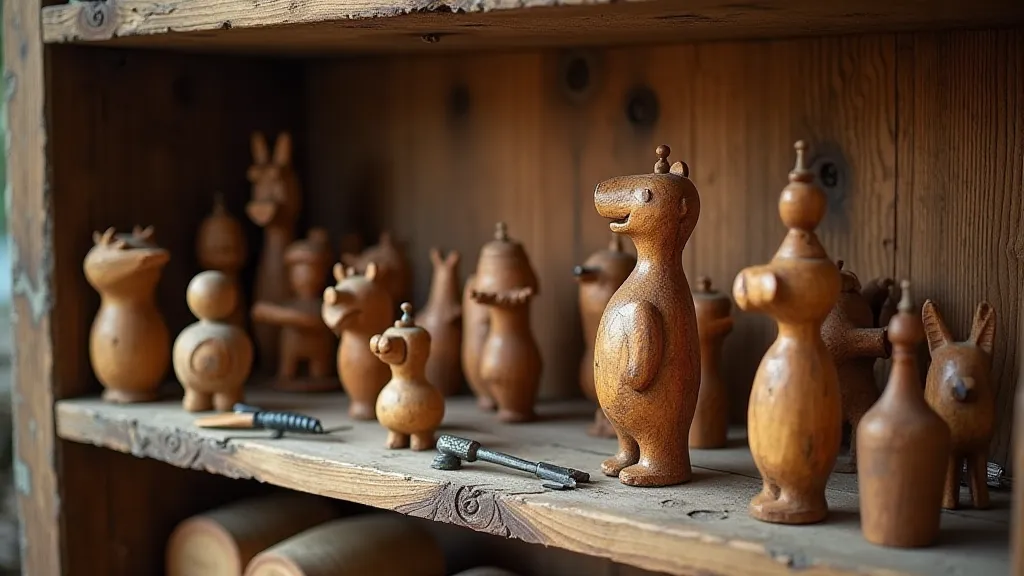
Ultimately, penknife whittling isn’t just a craft; it’s a conversation. A dialogue between the carver, the wood, and the countless stories etched within its grain. By slowing down, by paying attention, by listening to the wood, we can tap into a profound sense of connection – a feeling of being part of something larger than ourselves. It's a way to honor the past, to appreciate the present, and to leave a legacy of beauty and artistry for generations to come. It's about understanding that each carved figure isn't merely an object, but a whisper of the forest, a tangible echo of the wood’s memory.
